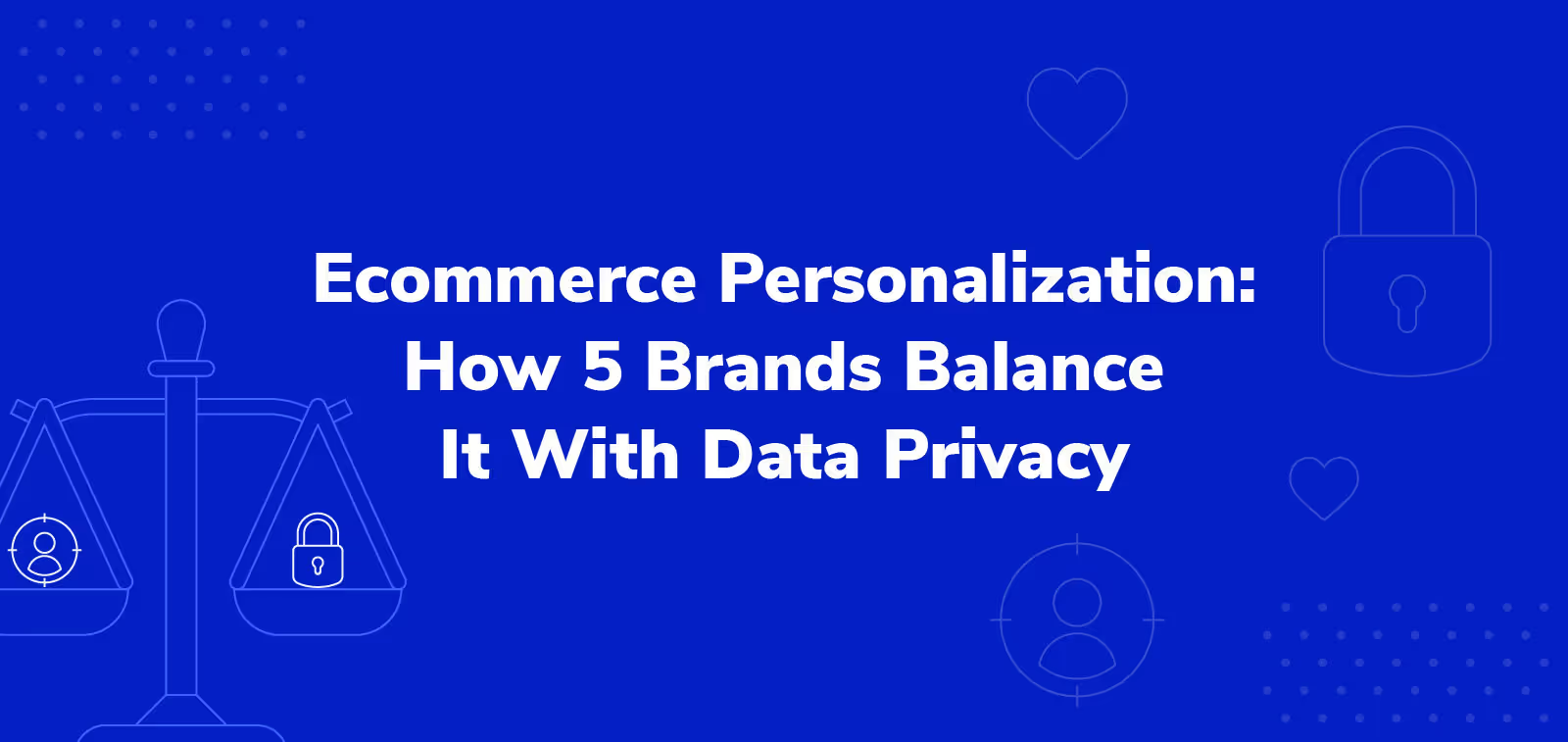Customer Support Costs: What They Are and How to Reduce Them

There’s a lot to be excited about in the customer support space right now. Companies are using AI to offer personalized service quickly and pull rich customer insights. And many businesses are using a distributed support team for the first time with agents all over the world.
But alongside these exciting developments, the economy can be shaky; you might be a little anxious about starting new support initiatives if layoffs or budget cuts have impacted your business or industry.
Safeguard your support budget by figuring out what expenses are essential for keeping customers happy and cutting the ones that aren’t. Once you reduce costs, you can show company leaders that your support team isn’t a cost center. It’s a cost-effective department that keeps customers happy so they want to stick around.
When you show how your team contributes to profits, you give company leaders a reason to boost your budget. Gartner even found in a recent survey that customer experience leaders were 29% more likely to increase their budget if they could show how customer satisfaction contributes to growth and profits.
Read on to learn the basics of customer support costs so you can start reducing your expenses and boosting your business’ bottom line.
What are examples of customer support costs?
To make the most of your budget, you need a clear picture of your customer support expenses. This analysis is more complex than adding up your customer service agents’ salaries. Account for every expense related to resolving customer issues by reviewing the categories below.
Payroll and/or outsourcing fees
Your main customer support expense is probably paying the people who handle issues, whether you hire internal agents or an outside call center.
If you have internal customer support agents, calculate these payroll costs for your business:
- Salaries: The paychecks for customer support employees who have a fixed income.
- Gross wages: The paychecks for hourly customer support employees, including overtime pay.
- Payroll taxes: The taxes paid to federal and state agencies based on the wages and salaries of customer support employees. This category includes Medicare, Social Security, and unemployment taxes.
- Benefits: Factor in the costs of insurance, retirement plans, paid leave, stock options, and perks (like office snacks and wellness stipends) for your support employees.
If you outsource some or all of your customer support, calculate the costs of paying a business process outsourcing (BPO) call center. These expenses vary depending on the BPO you use, but generally you can expect to pay an hourly rate or a flat fee. You may also need to pay a setup fee.
Training
If you run customer support internally, you likely pay for training every time you make a new hire. Occasionally, you may also need to train existing agents on your business’ latest products, new support tools, or communication skills.
Whether you’re onboarding new hires or upskilling customer service team members, your training costs will depend on your teaching format. Here are a few typical training methods and their associated costs:
- Online courses. Class prices vary depending on the program offering the course. Online learning sites, like Udemy and Skillshare, tend to be more affordable than community college or university courses.
- In-person teaching. You’ll need to pay for an outside instructor, or you can use an internal employee to train other team members. If you go the latter route, calculate how much you’re paying the employee to teach others based on their salary or wage and the time it takes to prepare and complete the training.
- Conferences. Consider travel and lodging costs, as well as the conference ticket fees.
- A learning management platform. This software lets businesses create courses for employees and monitor their progress. These tools often charge a monthly fee based on the number of seats and/or the amount of storage.
Your customer service training expenses likely vary from month to month, so consider adding the costs for an entire year. Divide that figure by 12, and you’ll have your average monthly cost for training support employees.
Software
Your support agents likely use a wide range of tools to resolve tickets. Calculate the monthly fees for this software, which might include the following solutions (and examples you may be familiar with):
- CRM, like Zendesk. This tool gives you a single place to access customer information and communicate with customers.
- Help desk software, like HelpScout. This tool is similar to a CRM but focuses slightly more on ticket management.
- AI chatbot, like Intercom. This tool lets you set up a 24/7 bot that can automatically answer customer questions, share resources, and connect agents to complex tickets.
- Customer experience platform that offers predictive support analytics, like SupportLogic.
- Knowledge base, like Tettra. This software is a digital hub for all your internal employee resources, from Slack best practices to your time off policy.
- Product and shipping protection software, like Extend. Our digital assistant Kaley resolves product and shipping protection service requests from your customers in minutes and promptly arranges repairs or replacement products.
With exception of Extend, these tools often charge based on the number of users, but some — like chatbot platforms — have slightly more complex pricing structures. If you’re having trouble calculating these costs, check in with your tools’ support teams to receive your latest bills.
Office space and/or equipment
If your support agents work in an office, calculate the costs associated with your workspace, including:
- Rent and/or mortgage payments
- Utility bills
- Computer equipment
- Furniture
- Cleaning services
If you have a remote support team, calculate the costs of reimbursements. You might offer employees a one-time home office setup stipend covering computer equipment and furniture or regular stipends for a co-working space rental or meal costs.
How do you calculate and analyze cost per ticket?
Once you’ve figured out your total customer service costs, you’re ready to calculate cost per ticket. This metric helps you gauge whether or not your support team works efficiently and maximizes profits by keeping expenses low.
To calculate this metric, divide your total customer support costs over a certain period by the number of tickets you resolved during that period.
Cost per ticket = (Support costs over period) / (# of tickets over period)
Track this metric over a few months or more to understand your average cost per ticket. If this figure is high, lower it by making ticket resolution more efficient. The more tickets you resolve in a time period, the lower your cost per ticket. We’ll cover tips for speeding up resolutions — like training agents and automating customer communication — in the next section.
6 ways to reduce customer support costs
Lowering your customer support costs is a two-fold game: you need to cut unnecessary expenses and resolve more issues while avoiding poor customer service. The former step is obvious, but the latter is a little more nuanced. If your team can do more work with fewer resources, you can keep your budget low.
The idea here's not to overwork your agents — that’s a recipe for burnout. Instead, we’ll walk through how to help agents reduce ticket backlogs and improve their workflows with tools and training.
The more tickets your agents can resolve, the lower your team’s cost per ticket.
Once you’ve improved efficiency, you can consider which expenses are worth cutting.
These tips assume your team is handling support internally. If you’re outsourcing your support operations to a BPO, consider passing along this resource to them.
Automate support communication
Your support agents will be able to close more tickets if they aren’t wasting time on simple customer issues. Speed up the resolution process by setting up an AI chatbot that immediately responds to customers 24/7 when they submit a support ticket.
The chatbot should first ask the customer to explain their issue. The bot can resolve simple problems — like canceling a subscription — on its own or pass along complex issues to live agents. In the latter case, the bot should let the customer know the expected wait time for the agent’s response.
If the bot is handling a simple issue, the resolution depends on the complexity of your chatbot platform. A complex bot can interpret customers’ words and reply with unique responses. A simple bot will give customers predefined responses. Along with sending replies, both types of bots can help customers resolve their issues by sharing self-service resources — which we’ll cover next.
If you don’t already have a support chatbot, check out this list of potential options.
Consider outsourcing product and shipping protection
Product and shipping protection support service requests are tough to handle internally. Your support team will either need to build a digitally native service request process or handle each one manually. You’ll also need to analyze competitors' products and shipping protection to create cost-effective solutions.
All of this work will eat up your support team’s time. Agents likely won’t be able to resolve as many tickets, and your cost per ticket will likely increase.
Keep your support costs low by fully handing off these service requests to a product and shipping protection provider like Extend. With our platform, you can rest easy knowing that your customers’ experience will be smooth and fast. Our team’s digital assistant Kaley processes 98% of customers’ product and shipping protection service requests in 90 seconds or less.
Extend doesn’t just help your team save money by freeing up your agents. Our platform also covers the costs related to replacing lost, damaged, or stolen items during shipment.
Create self-service resources
Help customers resolve their issues with self-service resources. Agents will have more time to resolve complex queries, so your team will resolve more tickets across the board — helping you reduce your cost per ticket.
Speed up ticket resolution by creating these self-service resources:
- A knowledge base or help center is a part of your website that houses articles about common customer issues.
- An FAQ page is a page on your website that answers common customer questions.
- A community forum is a meeting space on your website where customers can discuss how they use your products and troubleshoot problems together.
- A blog with a section of articles about issues customers frequently report.
To help you resolve more tickets, these self-service resources need to be easy for customers to find. Program your chatbot to share these resources with customers that have issues about the same topic, and optimize your blog posts with keywords to help them appear on search engine pages.
Set up triggers to keep agents aware of tickets
If agents are missing incoming tickets, they’re missing opportunities to bring down your team’s cost per ticket and turn negative customer experiences into positive ones. Catch every customer query that comes through by setting up CRM ticket triggers—notifications based on ticket activity.
Zendesk lets teams set up a trigger that notifies all agents when a customer submits a ticket. Individual agents can also receive trigger notifications when they get a ticket assignment, a customer leaves a ticket comment, and when a customer reopens a ticket.
Train your agents to handle tickets efficiently
Say you follow the tips above, and your support team’s cost per ticket is still too high. Your agents may not be resolving enough tickets because they need training on your:
- Product — Do agents struggle to answer advanced questions about your product?
- Escalation processes — Are agents unsure when to move an issue to a more advanced team member?
- Support tools — Do agents need help using the tools across your tech stack?
- Customer scripts — Are agents spending too much time resolving issues because they need to learn how to wrap up customer calls and chats?
Gauge whether you need this training by tracking resolution time for individual agents and ticket topics. Filter the agents with the longest resolution times, and analyze their tickets to see what might be causing the delays. You can also filter tickets by topic to see which types of customer problems lead to long resolutions.
Based on your analysis, decide what type of training might help your agents resolve more requests and reduce your cost per ticket. Check out these customer support training ideas from Whatfix.
If you’re struggling to train agents in some areas, consider outsourcing that type of support. Rest assured, some third-party providers — like Extend — care about your customers just as much as you do. We keep resolutions hassle-free by solving service requests in minutes.
Cut unnecessary expenses
You’ve helped your customer support team resolve more tickets with the five tips in this section. Now, you’re ready to take a hard look at your support costs and cut anything that isn’t helping your agents handle customer problems.
Consider the four cost categories we mentioned at the beginning of this post:
- Payroll and/or outsourcing costs: With automated communication tools, do you still need all of your internal and external agents to resolve customer problems?
- Training costs: Are all of your training programs helping agents work efficiently, or do some have weak results? Can you minimize training sessions by publishing resources on an internal knowledge base?
- Software costs: Do your support agents use all of your team’s tools? Is your team using tools that aren’t helping you resolve customer problems?
- Office space and/or equipment costs: Does your support team need an office to resolve customer issues efficiently, or would you save money by switching to a remote model? If you’re already remote, are there any stipends that agents don’t care about that could be cut?
As you cut expenses, remember that too many cuts could hurt your support experience. Laying off a bunch of agents and getting rid of every tool isn’t worth it in the long run if customer retention and revenue decrease.
Track customer satisfaction alongside support costs to make sure your team maintains good customer service. If a cost-saving measure decreases your CSAT scores and NPS ratings, it’s time to reevaluate your budget cuts.
Offset customer support costs by partnering with Extend
Reducing customer support costs and offering high-quality service might seem like a big ask. Rest assured, it’s possible to prioritize your support budget and customer success — especially when you have a partner like Extend.
Our team fully handles product and shipping protection service requests, so you don’t need a budget increase to hire more agents. Extend also saves you money by covering product replacement and shipping overhead costs. Just look at Boutique Rugs, which saved millions in product replacement costs thanks to their partnership with Extend.
Learn more about how Extend can save your support team time and money by scheduling a demo today.
Aaron Sullivan is senior content marketing manager at Extend. He specializes in writing about e-commerce, finance, entertainment, and beer.
.svg)












































.avif)











